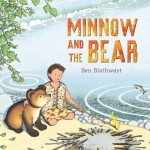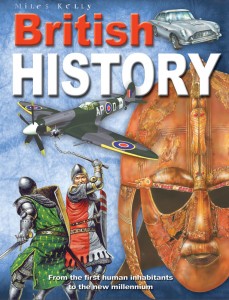Schools use structure to deliver a National Curriculum, and to organise lots of people, both children and teachers. But as parents, with our own children the need for plans and lots of organisation becomes less clear. The lines begin to blur between education and everyday life. Every home educating family finds its own balance between these elements.
What is structure?
Whose structure?
Often the term structured education is used to mean a particular approach to education, where the adult determines what is covered, possibly using a curriculum.
This sometimes causes some confusion when home educators using child-led approaches such as autonomous education or unschooling are exploring what structure means to them. At its very basic structure could simply mean reading a book in order of chapters, or eating at a particular time of day. Home Education has to work for everyone involved, and that may mean more, less, or different structure for each child, or for the parent.
I find it has really helped to think of structure as a tool, rather than the name of a particular approach.
What kind of structure?
Some people find that they want structure to the day, or week, but not learning.
This can mean the daily routine of when to eat and sleep. Or a weekly structure with certain groups on certain days, or in a world of lots of groups and play dates it even mean scheduling time just being together at home and focusing on what ever the children happen to be interested in at moment. Sometimes this is adult driven, at other times, especially with children with special needs, or anxiety structure can be largely determined by the child’s needs.
This a very interesting book that has helped me focus on what they are learning, and making time available to be with girls and allow them time to follow up their interests.
Some people want the learning to be child-led but need structure for themselves in recording learning and providing resources.
It is possible to record, compare progress with learning goals, tick off things you’ve done, put together files on different topics, find resources and have them available, but still have the child control their own learning. The resources come out as child asks questions or raises topics. The adult initiated structure in the learning is for home educator, not the children.
A little bit of structure.
Some people have a little bit of structure. Often this might be a small amount of literacy, maths every day or a couple of days a week.
Others follow a particular curriculum or programme very loosely, or just for the odd subject, eg. history.
Tidal homeschooling is another interesting approach  which takes elements of unschooling and a structured programme and flows between the two.
Structured programme or curriculum.
In the England most state and many independent schools use theÂ
National Curriculum. This is set down by Department of Education. There has recently been a consultation and a new National Curriculum is planned to come into effect from September 2014.
Most online resources and much of the children’s book publishing in this country is focused on National Curriculum. Some parents follow it, others keep a vague eye on it as a comparison.
Other curriculums used tend to be US in origin, as the pervasiveness of National Curriculum, the lack of state monitoring, and the great diversity of approaches in home education all make for a infeasibly small market.
How structure looks in our home?
We are autonomous/unschooling. But we still have some structure. We tend to eat at a particular time of day, have certain groups on certain days, have rhythms to each day.
I don’t do structure for reading, writing and maths as they come up in everything else we do. But we have a little bit of structure in that we do a history, library and topic group most months. So we have something to prepare for these. Being autonomous each child is free to take part or not, and determine how to contribute themselves. My eldest has recently been asking for more structure, and help in delving deeper into the things she is interested in, and guidance with investigating new more structured, formal approaches to learning that move beyond the reading, conversation and play based education that has predominated up to now.
And as a fellow learner I have found that I too have interests that I want to investigate that often come with some form of structure - whether it be organising my history group, or taking an online course.




 Find Minnow and the Bear on Amazon…
Find Minnow and the Bear on Amazon…

